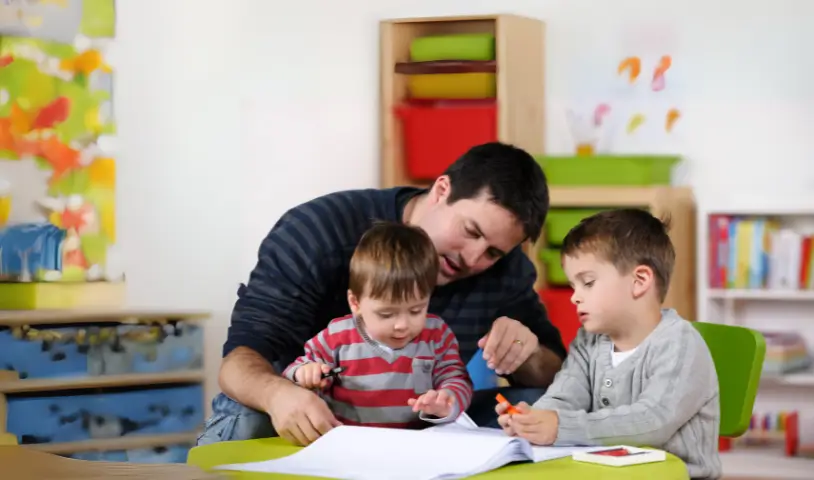Starting high school can be overwhelming, especially for students with autism.
New routines, environments, and social expectations can present unique
challenges. However, with the right preparation and support, learners with
autism can thrive. This guide outlines essential areas of readiness and
strategies for families, educators, and support teams.
1. Understanding Autism and High School Expectations
Each student with autism has unique strengths and needs. High school brings
academic pressures, changing social dynamics, and greater independence,
which may be challenging due to:
- Social communication: Interpreting cues and maintaining conversations.
- Executive functioning: Organizing, managing time, and prioritizing.
- Sensory sensitivities: Overwhelm from lights, sounds, or textures.
- Behavioral regulation: Coping with stress and change.
Start with open discussions among families, educators, and the student to create a personalized transition plan.


2. Building Social Skills
Social success may require direct instruction and practice:
- Social stories & role-play: Teach social cues and responses.
- Peer buddy systems: Provide mentorship and model interactions.
- Social skills groups: Practice communication in a safe setting.
- Self-advocacy: Encourage students to express their needs and strengths.
3. Fostering Academic Readiness
Support strategies help students meet academic expectations:
- IEPs: Outline accommodations like extended time or alternate assessments.
- Executive functioning tools: Use planners, visual aids, and reminders.
- Task chunking: Break assignments into smaller, manageable steps.
- Clear communication: Pair verbal instructions with written guidance.


4. Managing Sensory Needs
High school environments can be overstimulating. Consider:
- Quiet spaces: Provide areas to decompress.
- Noise-canceling tools: Help manage auditory sensitivity.
- Sensory breaks: Allow time for calming activities.
- Fidget tools: Aid in focus and self-regulation.
5. Promoting Independence
Foster confidence and autonomy through:
- Organizational skill-building: Use visual aids and apps.
- Self-advocacy: Teach students to identify and voice their needs.
- Assistive technology: Support communication and task management.
- Gradual responsibility: Slowly reduce support as students gain skills.


6. Creating a Supportive School Environment
A team-based approach ensures success:
- Staff training: Promote understanding and inclusive practices.
- Peer education: Build awareness and empathy.
- Regular check-ins: Monitor progress and well-being.
- Parental involvement: Collaborate with schools and reinforce strategies at home.

